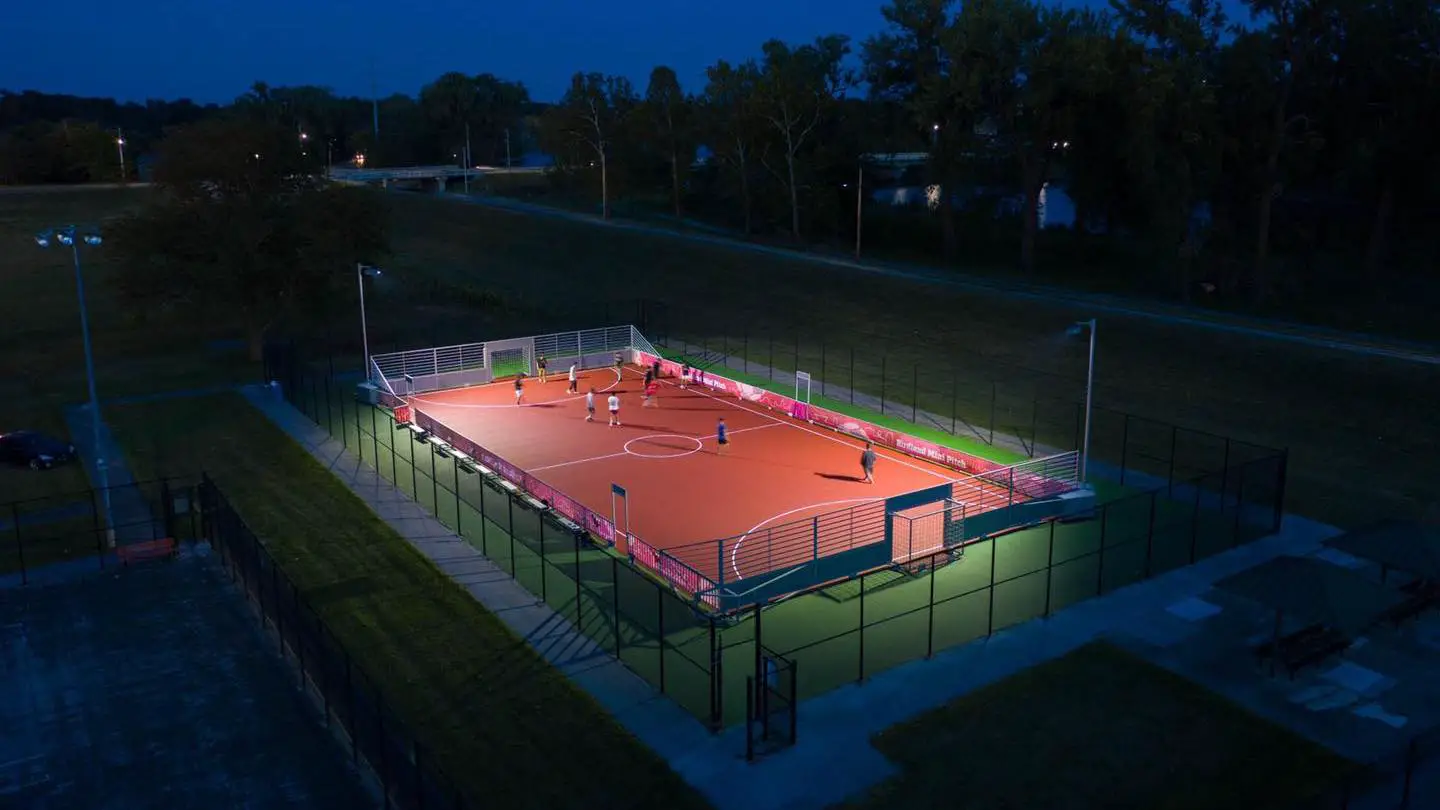 Let me be blunt and scream this from the rooftop: the best athletes PLAY sports. They don’t work them, they play them. When sport becomes more work than play, athletes struggle, they grind, and if they cannot get back to playing instead of working, they eventually drop out. From youth to pros, when the fun goes, soon to follow is performance.
Let me be blunt and scream this from the rooftop: the best athletes PLAY sports. They don’t work them, they play them. When sport becomes more work than play, athletes struggle, they grind, and if they cannot get back to playing instead of working, they eventually drop out. From youth to pros, when the fun goes, soon to follow is performance.
But what about developing future athletes? What is the role of play in the training and advancement of aspiring young players to the next level? Should they be practicing or playing sports? If they do both, is one more important than the other?
For kids under 12, I believe wholeheartedly the answer is yes. And that answer is PLAY!
The role of deliberate practice in skill acquisition is a hot topic. Without rehashing everything I have written on the subject in the past, simply defined deliberate practice is the focused improvement through repetitive activity, continual feedback and correction, and the delay of immediate gratification in pursuit of long term goals. There is no question that expert performers accumulate many hours of deliberate practice, and there is a strong correlation between hours of deliberate practice and performance level in elite performers.
What gets lost in the focus on practice is the massive importance of deliberate play. Researcher Jean Cote defines deliberate play as “activities such as backyard soccer or street basketball that are regulated by age-adapted rules and are set up and monitored by the children or adults engaged in the activity. These activities are intrinsically motivating, provide immediate gratification and are specifically designed to maximize enjoyment.”
In our increasingly structured world of youth sports, coupled with the decline of recess and playground pick up games, deliberate practice is increasingly emphasized, and play is deemphasized. Yet is this helping us develop better athletes? I say no.
Why?
First, at the very core of great athletes is a burning passion and love of the game. That love and enjoyment provides them with the intrinsic motivation to pursue sport excellence. While coaching can foster this love, and provide an athlete with the feedback needed to develop skill, the flame must be fed primarily by the athlete and not the coach. Kids play sports because they are fun. Sports must belong to them. Play instills this type of love and makes it fun, while practice often does not. Instilling love of the game early on sets up a player mentally to engage in deliberate practice later on.
Second, an early focus on deliberate practice and pursuit of long term success, instead of playing for the love of the game, can cause motivation to become extrinsic, rather than intrinsic. Athletes motivated extrinsically by championships, fame and social identity tied to athletic success have been shown to burnout at a much higher rate than athletes who participate for enjoyment. They are also more likely to protect that identity through cheating and other maladaptive behaviors designed to continue successful outcomes.
Third, free play and multi-sport play promotes the development of better all around athleticism. As children play less and practice more (often in a single sport) using sport specific muscles and movements, experts in many sports have noticed a decline in the agility, balance and coordination skills of young athletes as compared to decades ago.
Finally, and perhaps most importantly, play stimulates brain development. It hastens the growth of the brain centers that regulate emotion and control both attention and behavior. Play inspires thinking and adaptation, promoting creative problem solving and conflict resolution. It allows children to build their own games, define their own rules, and develop the cognitive skills that are needed not only for athletics, but in every aspect of life.
One of the greatest differences between adults and children is that adults are goal oriented, and children are focused on immediate pleasure. Adults see everything as leading toward something in the future – the big picture if you will – and thus tend to look at everything we do not simply for “how does this serve me now” but “how will this serve me in the future.” As a result, we tend to look at play, with its focus on immediate gratification instead of long term goals, as a waste of time, and an obstacle to long term growth. It might be getting in the way of things we want for our children in the future, so we tolerate it only to a point.
As a result, we look down upon coaches who roll a ball out and say “go play.” We get angry when our soccer coach sits quietly on the bench, letting the kids work through their own problems, all bunched up in a giant blob, making mistakes without fear of repercussions and public correction, and playing a game that looks nothing like the adult version we see on TV.
We get upset that our coach does not teach kids positions, when in reality they do not possess the ability to understand a position until they understand positioning (do I need to provide, depth, width, close support, etc.). In other words, we have a long term goal in mind, and we want to get our kids to that goal as quickly and efficiently as possible. Clearly by sitting there and not fixing the problem, our coach is delaying their development, right?
Wrong. The coach is doing it right. He is fostering development by helping them learn, and guiding their discovery of the answers rather than providing the answers. He gives them ideas in practice, but then lets them develop skill, creativity and critical thinking during the game. Everything that intuitively feels like inhibiting development is actually promoting it.
Yet many parents and coaches do not realize this.
As a result, we want them to practice, and not play.
We feel compelled to tell them where to be and what to do, instead of guide them to find the answers on their own.
We believe that if we help them acquire enough skill first, then they will fall in love with the game and be intrinsically motivated to pursue it to a higher level.
We measure development through the outcome of games, because outcomes are how we measure success in the adult world.
In the end, we take away play, and substitute work, believing that is the path to performance.
We are wrong!
Show me a list of the best players in any team sport where creativity is valued, such as soccer, hockey or basketball, and the vast majority of them, if not all of them, will have a background filled with a lot more play than practice prior to the age of 12. For some it is play in one sport, and others it is multi-sport participation. The common denominator is an early focus on enjoyment and fearless competition, rather than results and advancement. Top athletes played sports, and have a higher level of intrinsic motivation and autonomy than their fellow competitors who go down the early practice route.
Hopefully, we all want our athletes to develop the ownership, motivation and enjoyment to pursue a sport long term, not only as an participant, but as a fan, a coach, and a lifelong passionate supporter of the game. It is very hard to put aside our adult values, to ignore the great futures we see for our athletes and/or our kids, and instead allow them to focus on the present. It is difficult to put aside the perspective we have gained over the years, which tells us that the only things we regret are the things we did not do, that talent we did not develop, the sport we chose not to pursue.
We do not want our kids to make the same mistakes. That is a great thing.
An even better thing you can do is to realize that the way to help them avoid those mistakes is not to force them onto the path that in hindsight we wish we had taken, but to give them the tools to find that path themselves.
And the best way to do that is to let them PLAY!








